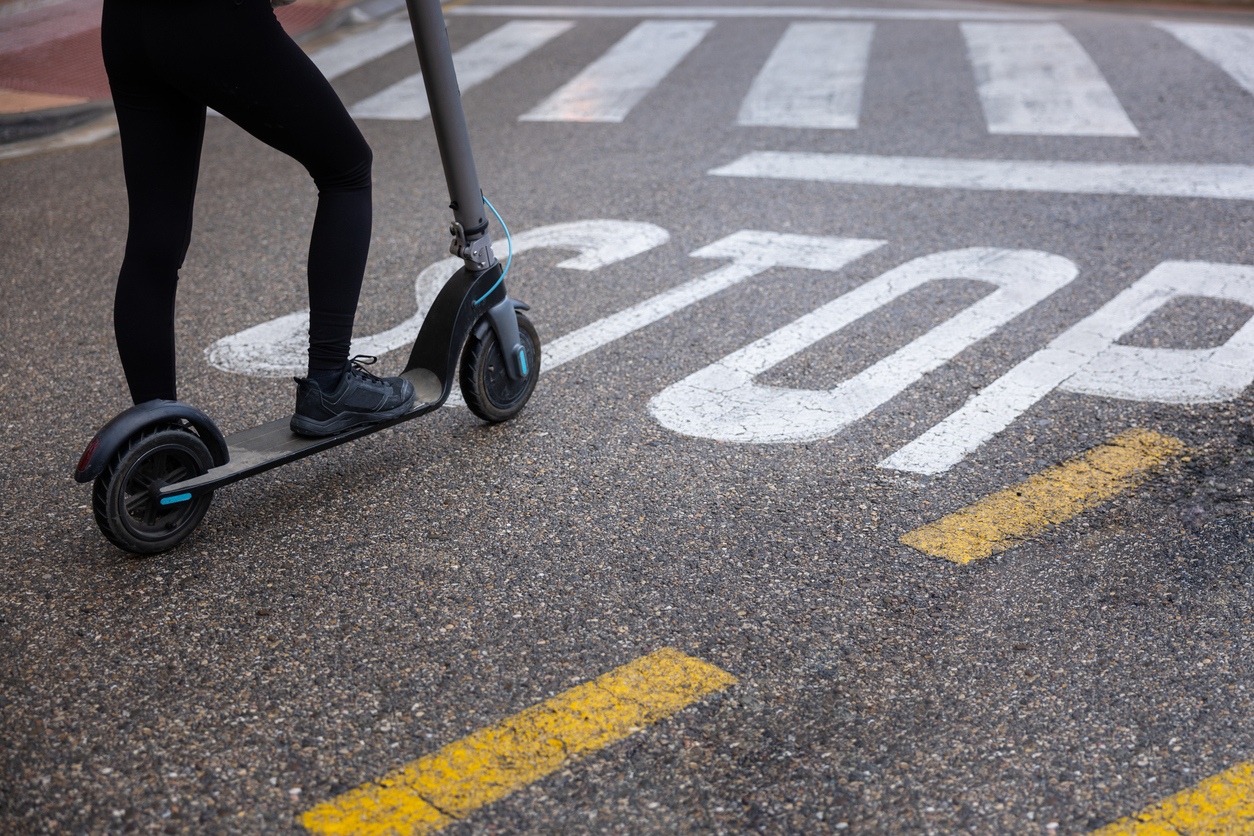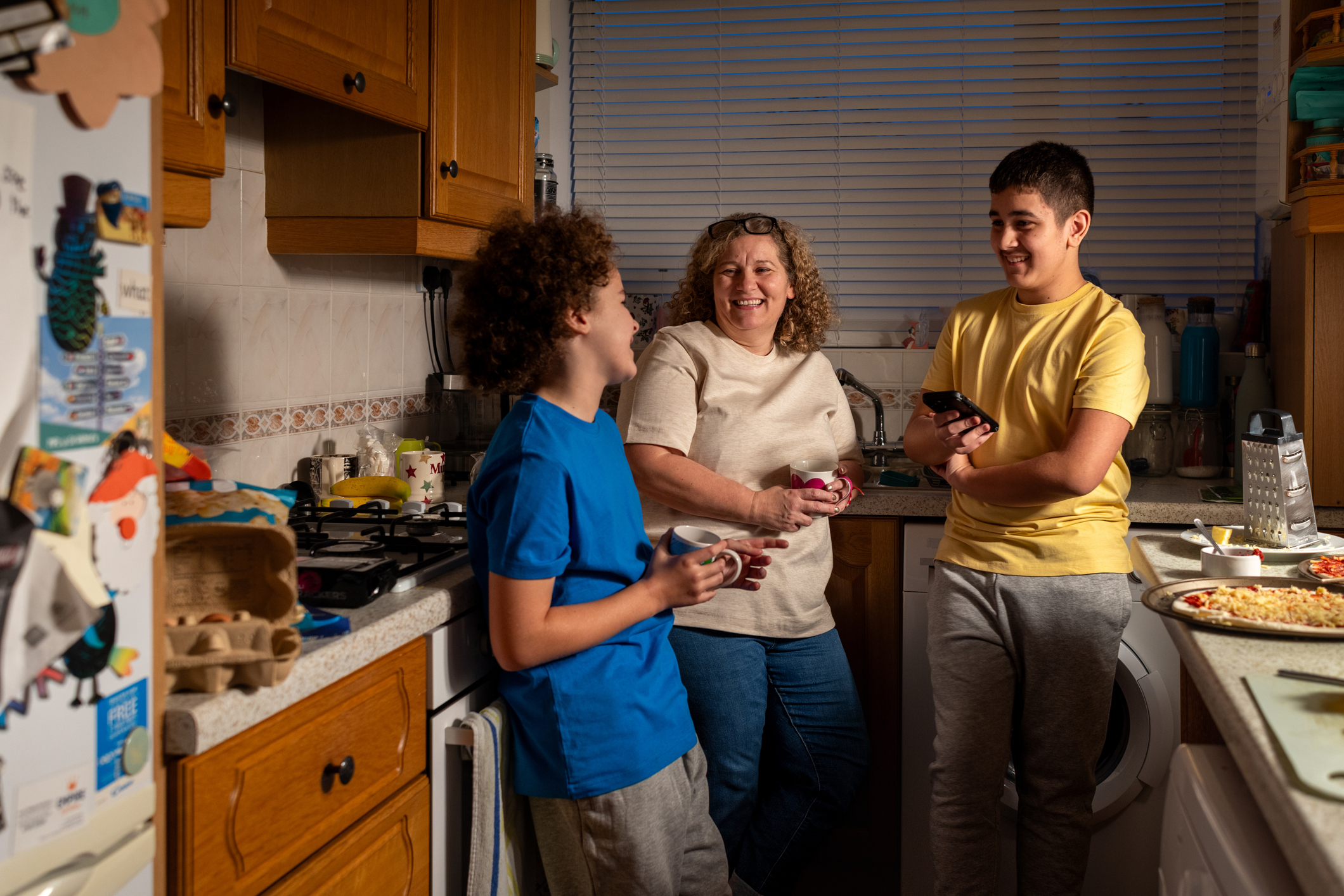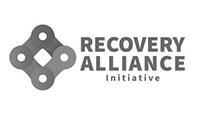Keep The Conversation Going
Learn why continued conversations and open dialogue with young people
is critical for preventing underage alcohol consumption
Use These 5 Strategies To Help Prevent Underage Drinking
Young people and alcohol don’t mix. Follow these suggestions and
take an active role in reducing underage drinking statewide.
Stay Close
- Children are less likely to drink when their parents or guardians and other trusted adults are engaged in their day-to-day lives.
- Spend time talking and interacting with young people — during meals, hanging out at home, spending time outside, or visiting with friends. The location isn’t as important as the time invested.
- Create a positive, loving environment wherever you are — whether it’s at home, in the classroom, or on the field; be kind and respectful of each other. If there’s a need to correct behavior or give consequences, ensure that the young people you’re close to know they’re still loved.
- If you’re a parent or guardian, make it easy for your children to share information with you. Take time every day to talk with them about their interests and activities. Try to set aside at least 15 minutes a day of one-on-one time.
Stay Involved
- Take an active interest in education! Young people who make an effort to get good grades and are involved in school activities are less likely to drink underage.
- Children need fun. Help young people get involved in worthwhile activities and provide them (and their friends) with safe, enjoyable, “no-alcohol” options.
- If you’re a parent or guardian, help your children choose friends wisely. Get to know their friends (and their parents). Peers who drink are the single greatest risk factor for underage alcohol use.
Stay Alert
- Know where your children are, who they’re with, and what they’re doing. At some level, most kids appreciate parental monitoring — it’s very real proof that their parents love them and care about their well-being.
- Pay attention to your child’s emotional state. Watch for signs of excess stress or depression. Be vigilant during times of transition — switching schools, moving, going through a divorce. These can all lead to underage drinking. You can help by offering healthy solutions like music, exercise, or talking with a trusted friend, counselor, or medical provider.
- Check on your kids when you’re not around — make a phone call, send a text, and have an emergency contact in place. It’s not about a lack of trust; it’s about ensuring their safety.
- Make sure alcohol isn’t accessible at home, or from friends, siblings, or at parties. If they go to a friend’s house, call to make sure their parents will be home and there will be no alcohol. Studies show kids are at higher risk for alcohol, drugs, and sexual behavior between the hours of 3 p.m. and 6 p.m., while many parents and guardians are still at work.
- Create an X-Plan. If your child finds themselves in a risky situation, they simply need to text you the letter “X” as a signal that they need help to gracefully escape an uncomfortable situation. Once you get the text, call your teen or young adult with a previously agreed-upon message.
Set A Good Example
- Educate and demonstrate the zero tolerance law, as it relates to driving, with the youth in your life. Remember that while the legal driving limit for adults is .08, anything above .00 is illegal for anyone under the age of 21.
- It’s not just what you say — it’s what you do. Consistency is key.
- If you drink, you can positively influence young people by drinking in moderation.
- Be aware of where you keep alcohol, lock it up if possible, and make sure young people know that any alcohol in your house is off-limits.
- Never provide access to underage alcohol consumption. Giving teens alcohol, or a location to consume it, is illegal and exposes you to criminal and civil liability.
Face Peer Pressure With Parenting Community Partnerships
- If you know a child’s friends are drinking, tell their parents. The risk of not saying anything is too high.
- It’s smart to share with other parents and guardians the challenges you’re facing and collaborate with them on solutions.
- There’s safety in numbers. Work together with others in the parenting community to reinforce safety-first boundaries, rules, and assistance for young people.
- Rest assured; you are not alone. Every parent is dealing with the same issues you are, and they want to help their children make responsible and healthy decisions.
Stay Up-To-Date With Talk it Out NC
Read our Latest Blog
How Media Normalizes Teen Alcohol Misuse
Today’s teens are constantly connected. They scroll social feeds or host online watch parties of popular TV shows and movies. [...]
Setting Boundaries That Stick: How to Enforce Alcohol Rules for Teens
No teenager likes being told what to do, especially when it comes to limits on freedom, friendships, or social plans. [...]
Talking Openly with Teens: A Proven Way to Prevent Underage Drinking
As a parent or guardian, nothing is more important than keeping your child safe. Building a strong, honest relationship can [...]
Follow us on Instagram
Our Partners














